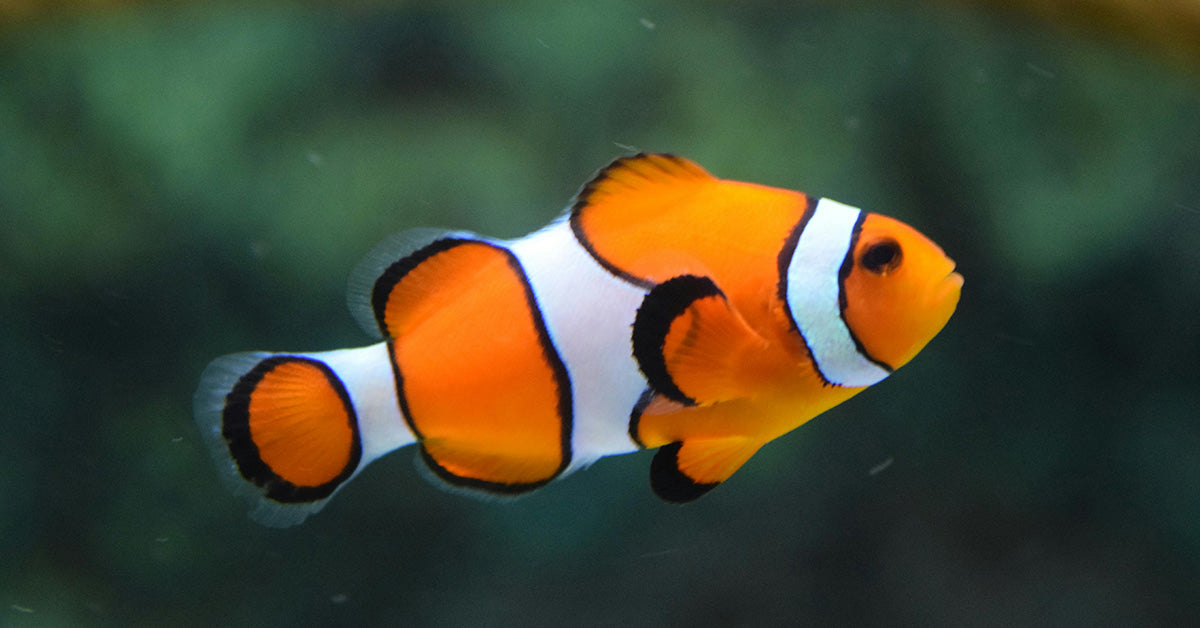Mysterious Supergiant Crustacean May Dominate the Deep Sea
Lurking in the darkest, most remote parts of the ocean is a creature that could easily go unnoticed—if it weren’t the size of a loaf of bread. *Alicella gigantea*, the largest known species of amphipod, has long been considered a rare oddity of the deep. But new research reveals that this pale, shrimp-like crustacean is anything but scarce. It might actually be one of the most widespread animals on Earth.
Once spotted only occasionally, the supergiant amphipod is now believed to inhabit 59 percent of the world’s oceans. From the depths of the Pacific to the basins of the Atlantic and Indian oceans, these creatures live where few others can survive. And while they may not swarm in great numbers, their global range is staggering.
A recent study published in Royal Society Open Science, led by researchers from the University of Western Australia, assembled nearly 200 records of A. gigantea from 75 deep-sea locations to map their stunning distribution across the seabed.

New research shows this species may inhabit 59% of the world’s oceans.
Big Shrimp in an Even Bigger Pond
Measuring up to 34 centimeters long, A. gigantea dwarfs most of its amphipod cousins, which typically max out at 2 centimeters. Despite their size, they’ve remained elusive. Traditional collection methods using baited traps usually attract swarms of smaller amphipods. Supergiants, in contrast, show up alone—or in small, scattered groups—and only after considerable time and effort, Cosmos reports.
But elusiveness isn’t the same as rarity. Habitat modeling based on depth and environmental data suggests that A. gigantea thrives in the abyssal and hadal zones, from 3,890 to 8,931 meters below the surface, IFLScience reports. Because conditions at these depths—pressure, temperature, and current—remain stable across vast areas, depth alone is a strong indicator of habitability.

Photo: Wikimedia Commons / Hadal Zone, License: CC BY-SA 4.0
Alicella gigantea is the world’s largest amphipod, reaching 34 cm long.
A Global Drifter With One Identity
To confirm that these widely distributed creatures were all the same species, scientists sequenced both mitochondrial and nuclear DNA from newly collected specimens. The results were striking. Genetic variation across regions was minimal. As As Phys.org reports, from the North Pacific’s Murray Fracture Zone to other trenches and slopes around the world, the data pointed to a single, globally distributed species. This low genetic divergence implies a shared evolutionary lineage that has remained stable for millions of years.
That stability may stem from the deep sea itself. These regions have changed little over tens of millions of years. Cold, oxygen-rich water cycles from the poles into these depths, creating a consistent environment where A. gigantea found its niche and stayed put. The lack of environmental disruption may explain why this species never split into subspecies, even across vast geographical distances.

It thrives in the deepest zones, from 3,890 to 8,931 meters down.
Built for the Abyss
Survival in the hadal zone requires serious adaptations, and A. gigantea has plenty. Genetic analyses reveal markers linked to energy conservation, starvation resistance, and high-pressure tolerance. One standout gene, known as aPKC, is associated with gigantism in mammals and may play a role in the amphipod’s large size and metabolic efficiency. That combination of traits lets these crustaceans endure the extreme conditions of the deep—where food is scarce and survival is a slow, cold game.
As reported by Discover Wildlife, their large size could be an evolutionary advantage, allowing for greater energy storage and longer survival between meals. Their success is not due to speed or aggression, but to biological efficiency and geographic reach.
What the Deep Sea Hides
First described in 1899, Alicella gigantea vanished from scientific records for nearly 20 years after its initial sightings. Without regular captures or sightings, it was thought to be scarce. In reality, its presence was simply hard to detect. But when researchers deployed deep-sea cameras during a recent expedition to the Murray Fracture Zone, they finally captured visual proof of the amphipods gathering in numbers—something that had almost never been documented before. This moment changed the perception of A. gigantea’s rarity.
The implications go beyond curiosity. Understanding the distribution of species like A. gigantea helps scientists learn how the deep sea functions as an ecosystem. What appears lifeless from the surface is actually teeming with biodiversity. But much of it remains hidden—only 0.001 percent of the deep-sea floor has been visually explored, according to Cosmos.
One Species, Many Mysteries
Despite its broad distribution, A. gigantea remains poorly understood. We still know little about how it breeds, feeds, or interacts with other deep-sea organisms. And as climate change begins to reshape the ocean’s circulation and chemistry, even the most stable habitats are being disrupted.
The fate of this ghostly crustacean may depend not only on its biology, but on humanity’s ability to understand and protect the hidden corners of our world.
For now, the supergiant amphipod is a quiet ruler of the ocean floor. Not rare. Just rarely seen.





























































































































































































































































































































































